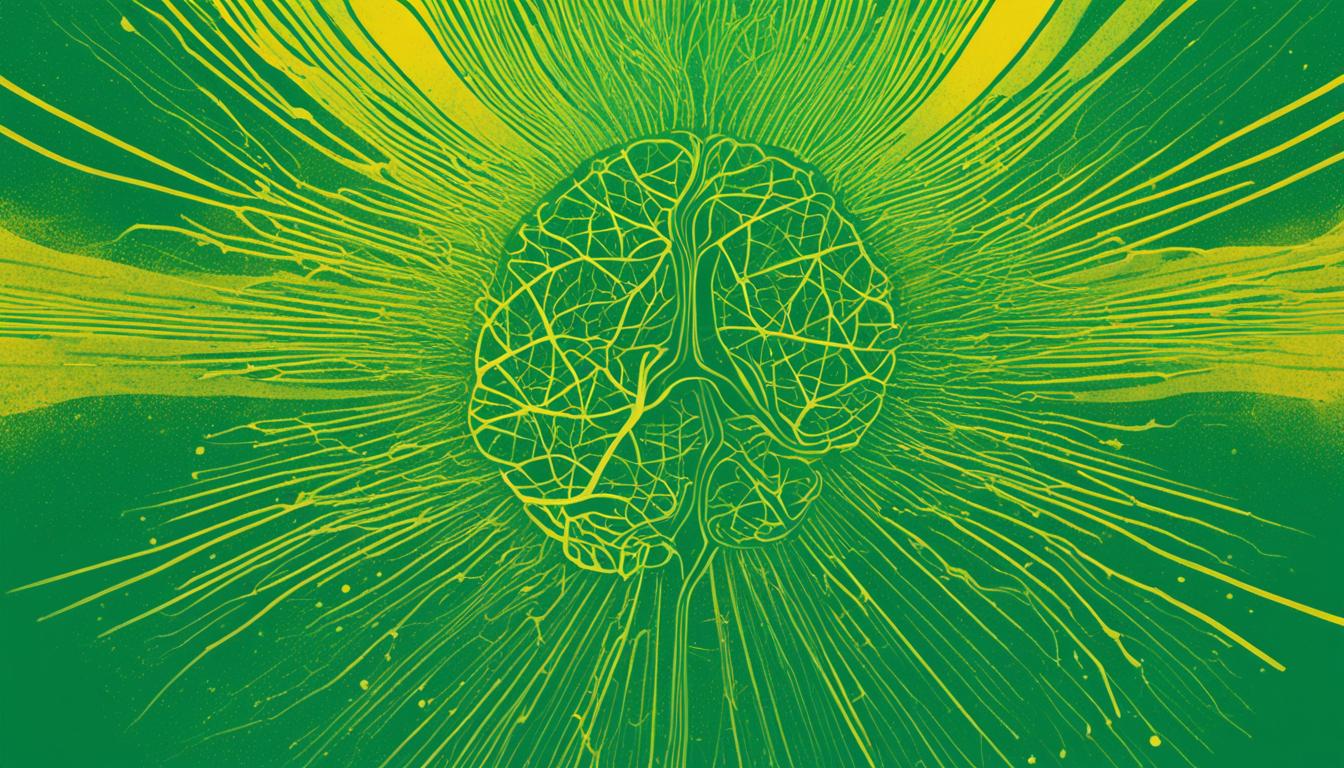Hepatolenticular degeneration, or Wilson’s disease, is a disorder where the body doesn’t handle copper well. It makes copper build up in the liver and brain. This problem affects about 1 in 30,000 people around the world. It shows with many symptoms, like trouble speaking or moving, tremors, and liver issues.
Telling if someone has Wilson’s is hard because symptoms can be different. Doctors use tests like genetic testing and scans to make sure. Finding the specific gene change tied to Wilson’s is very important for how we treat it.
Key Takeaways:
- Hepatolenticular degeneration, also known as Wilson’s disease, is a copper metabolism disorder.
- It leads to the accumulation of copper in the liver and brain, causing both neurological and liver-related symptoms.
- The disease affects approximately 1 in 30,000 individuals worldwide.
- Diagnosing hepatolenticular degeneration requires a combination of clinical evaluation, genetic testing, and imaging techniques.
- Identifying the underlying genetic mutation responsible for Wilson’s disease is crucial for accurate diagnosis and treatment planning.
Treatment Options for Hepatolenticular Degeneration
Wilson’s disease, or hepatolenticular degeneration, needs careful treatment. The key is to lower the body’s copper levels and ease the tough symptoms.
Zinc Therapy
Using zinc is a top way to handle hepatolenticular degeneration. Zinc supplements block too much copper from foods. This limits copper in organs, fighting disease symptoms.
Copper Chelation Therapy
Copper chelation is also big in treatment. It uses medicines like D-penicillamine or trientine. These meds help the body get rid of extra copper. This method is for the long term.
Liver Transplantation
For severe cases, liver transplant is a last resort. It swaps a sick liver for a healthy one from a donor. This is for those not helped by other treatments.
Treatment choice depends on many things. This includes a person’s age, symptoms, and how bad the disease is. The plan should fit each patient well, weighing the gains with any risks.
Always chat with a skilled doctor who knows about Wilson’s disease. They’ll help choose the best plan, considering your health and situation.
| Treatment Options | Description |
|---|---|
| Zinc Therapy | Reduces the absorption of dietary copper to prevent its accumulation in the body |
| Copper Chelation Therapy | Uses medications to promote excretion of excess copper from the body |
| Liver Transplantation | Replaces the diseased liver with a healthy liver from a donor |
Advances in Stem Cell Therapy for Hepatolenticular Degeneration
In the field of stem cell therapy for hepatolenticular degeneration, there have been big steps forward in recent years. Experts are looking into hepatocyte transplantation. This process involves placing healthy liver cells into the patient’s liver. It’s done to swap out the damaged cells and get the liver working typically again. This method looks like a hopeful sign for people with late-stage liver problems due to hepatolenticular degeneration.
Researchers are also exploring turning stem cells into liver cells in a lab setting. This could mean more liver cells for transplanting. The goal is to use the natural healing of stem cells. They want to make cell-based treatments that really help those with hepatolenticular degeneration get better.
Even though the use of stem cell therapy is new for this condition, it’s full of hope. This method could give new treatment chances to patients. It matters a lot for those who can’t get a regular liver transplant. More studies and tests are needed. They’re key to moving stem cell therapy forward. They offer a new chance of health to those hit by hepatolenticular degeneration.
FAQ
Q: What is hepatolenticular degeneration?
A: Wilson’s disease is also called hepatolenticular degeneration. It’s a problem with how the body handles copper. This leads to too much copper in the liver and brain.
Q: What are the symptoms of hepatolenticular degeneration?
A: The disease shows up with many symptoms. People may have trouble speaking clearly or moving smoothly. They might also shake or have stiff muscles. Problems with the liver can also occur.
Q: How is hepatolenticular degeneration diagnosed?
A: Doctors use a mix of tests to diagnose it. They check your symptoms, run genetic tests, and sometimes use MRI or CT scans. These tests help confirm if you have the genetic mutation that causes the disease.
Q: What treatment options are available for hepatolenticular degeneration?
A: There are a few ways to treat it. One common method is chelation therapy. This treatment uses medicines like D-penicillamine or trientine to flush out extra copper. Zinc is also used to stop too much copper from building up. In severe cases, a liver transplant might be necessary.
Q: What is the role of stem cell therapy in treating hepatolenticular degeneration?
A: Stem cell therapy is being researched as a possible treatment. Hepatocyte transplantation is one type. It involves putting healthy liver cells into the body to replace the damaged ones. The hope is to restore the liver’s normal function. Scientists are also trying to grow new liver cells from stem cells in the lab. This could give a new way to get liver cells for transplants.

